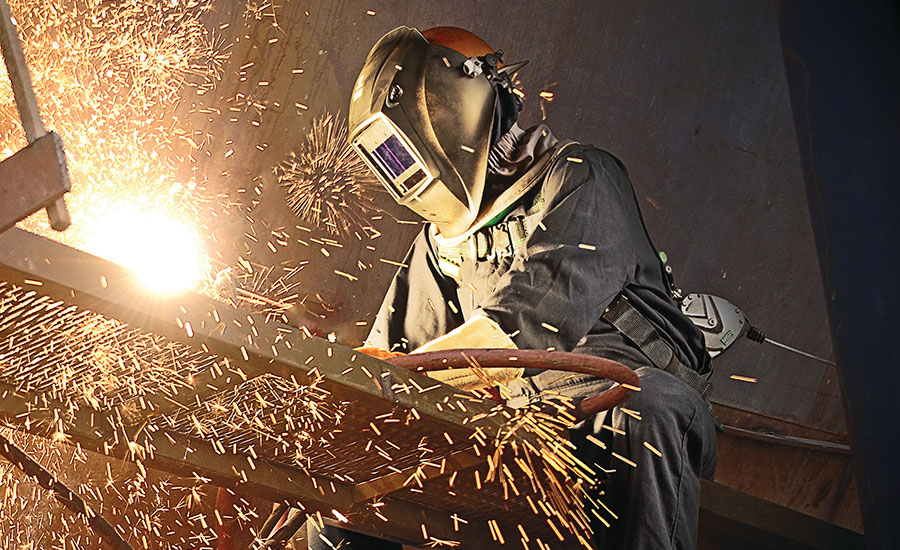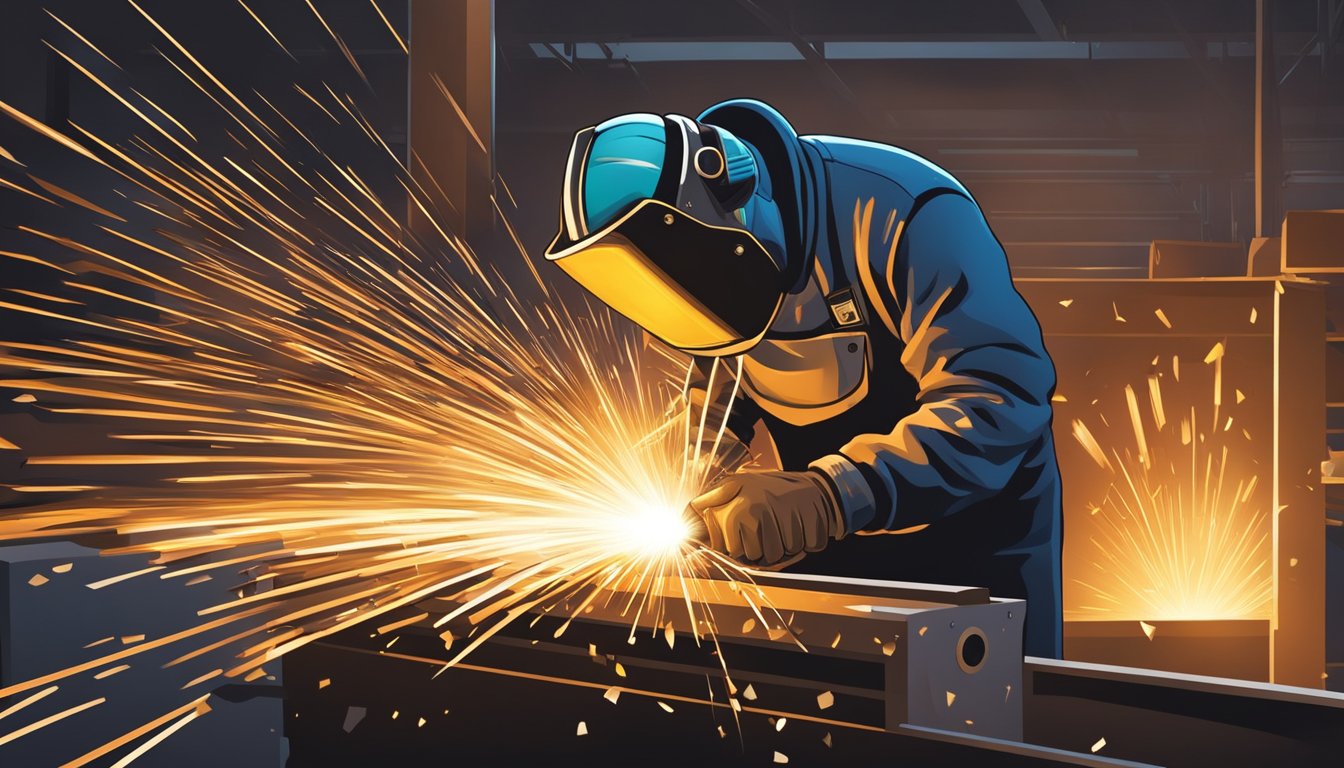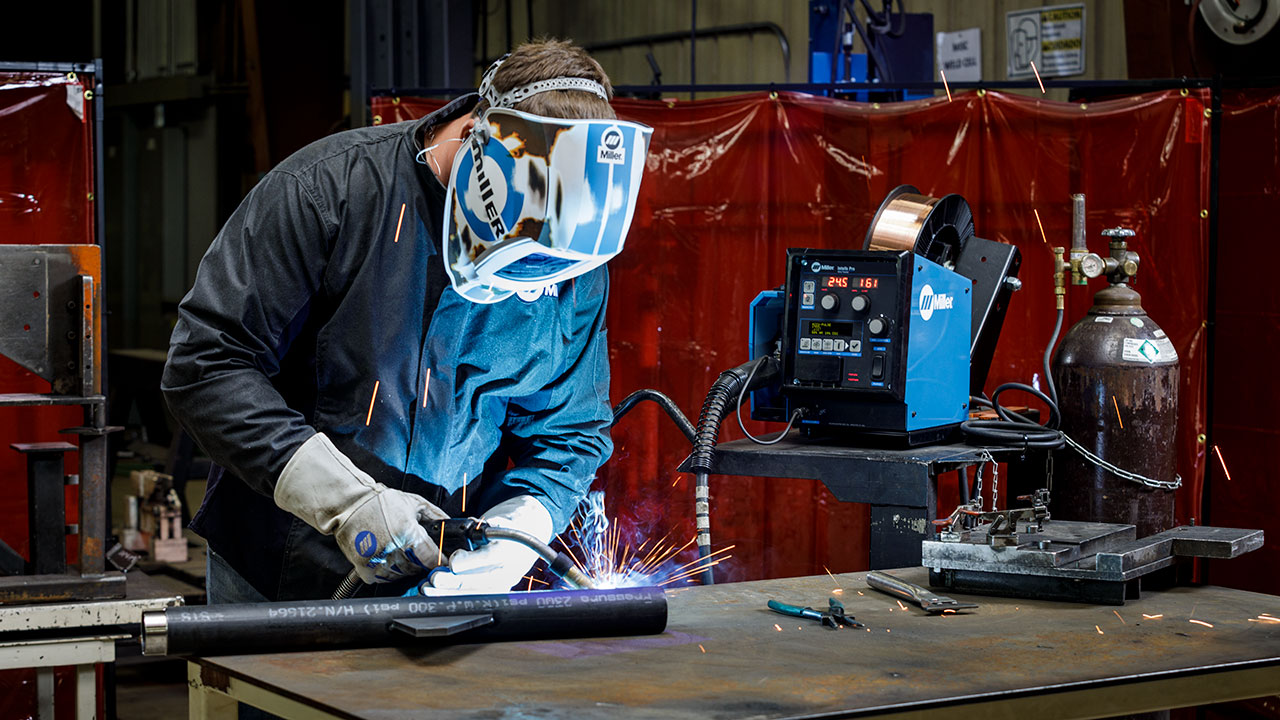Welding WPS for Beginners: Starting with Welding Procedure Specifications
Welding WPS for Beginners: Starting with Welding Procedure Specifications
Blog Article
The Ultimate Guide to Welding WPS Procedures: A Comprehensive Review for Welders
In the intricate world of welding, Welding Procedure Specifications (WPS) offer as the backbone of ensuring quality, consistency, and security in welding operations (welding WPS). As we delve right into the different components of a WPS and explore the intricacies of qualification and accreditation, we will certainly uncover the vital function these treatments play in the realm of welding.
Significance of WPS Procedures
Understanding the value of Welding Procedure Specs (WPS) treatments is vital for making certain the high quality and stability of bonded frameworks. WPS procedures work as a roadmap for welders, laying out the necessary steps, criteria, and materials called for to achieve an audio weld. By adhering to WPS guidelines, welders can guarantee consistency in their job, causing dependable and structurally audio welds.
One of the primary factors why WPS treatments are necessary is their function in preserving weld high quality and integrity. Adhering to the specified welding specifications and methods laid out in the WPS assists protect against defects such as porosity, fracturing, or insufficient combination, which can endanger the toughness and longevity of the weld.

Parts of a WPS
A Welding Procedure Requirements (WPS) normally makes up essential elements that information the details needs for performing a weld, guaranteeing consistency and quality in the welding procedure. The key elements of a WPS include essential variables such as base metals, filler steels, preheat and interpass temperature levels, welding procedures, securing gases, welding settings, and post-weld warm therapy needs.
Base steels describe the products being joined, while filler metals are used to load the space in between the base steels during welding. Preheat and interpass temperature levels are important for regulating the heat input and avoiding concerns like breaking or distortion. The welding process details the specific method to be made use of, whether it's gas steel arc welding (GMAW), shielded metal arc welding (SMAW), or another method. Securing gases shield the weld pool from climatic contamination. Welding settings specify the orientations in which welding can be carried out. Post-weld warm therapy may be required to alleviate tensions and enhance the weld's residential properties. A detailed understanding of these elements is essential for creating a reliable and comprehensive WPS.

Qualification and Certification
Having developed the vital parts of a Welding Procedure Specification (WPS), the emphasis now moves in the direction of the critical aspects of credentials and accreditation in welding practices.

Qualification, on the other hand, is the formal recognition of a welder's credentials by an appropriate accreditation body or company. Welding qualifications are generally based upon the specific welding processes, materials, and positions a welder is certified to work with. Holding a valid welding qualification see this here demonstrates that a welder fulfills industry standards and is experienced to execute welding jobs to the required specs.
Developing a WPS
To develop a Welding Procedure Specification (WPS) that satisfies market criteria, mindful factor to consider of welding processes, products, and operational criteria is necessary. The very first action in creating a WPS is to recognize the welding process to be used, such as gas steel arc welding (GMAW) or protected metal arc welding (SMAW)

Carrying Out and Monitoring WPS
Upon completing the thorough Welding Procedure Spec (WPS) that thoroughly information welding procedures, products, functional specifications, and top quality guarantee actions, the emphasis changes to properly applying and checking the well-known treatments. Execution entails making certain that all welders associated with the task recognize with the WPS and follow it diligently throughout the welding procedure. This needs offering sufficient training and supervision to guarantee adherence to the defined treatments. Checking the WPS involves continuous oversight to verify that welding activities line up with the documented requirements. Examinations, screening, and high quality control procedures are vital components of the monitoring procedure to determine any issues or discrepancies without delay. Routine audits and reviews of the welding procedures help in keeping consistency and high quality throughout the project. Efficient implementation and monitoring of the WPS are vital for click here to read making sure the integrity, toughness, and security of the welded joints, inevitably adding to the overall success of the welding task.
Final Thought
In verdict, understanding and complying with Welding Treatment Specifications (WPS) is vital for welders to ensure quality, uniformity, and safety and security in their work. By knowing the elements of a WPS, getting proper credentials and qualifications, producing thorough procedures, and carrying out and checking them successfully, welders can boost their abilities and efficiency in welding techniques. Adhering to WPS procedures is vital for generating high-quality welds and meeting market page criteria.
In the intricate world of welding, Welding Procedure Specifications (WPS) serve as the backbone of making sure top quality, uniformity, and safety and security in welding operations. The welding procedure lays out the specific technique to be used, whether it's gas metal arc welding (GMAW), shielded steel arc welding (SMAW), or another method.To develop a Welding Treatment Requirements (WPS) that fulfills sector criteria, mindful factor to consider of welding procedures, products, and functional specifications is vital. The very first step in producing a WPS is to identify the welding process to be used, such as gas steel arc welding (GMAW) or secured steel arc welding (SMAW)Upon wrapping up the thorough Welding Treatment Requirements (WPS) that diligently information welding procedures, products, operational parameters, and quality guarantee actions, the emphasis shifts to properly implementing and checking the well-known treatments.
Report this page